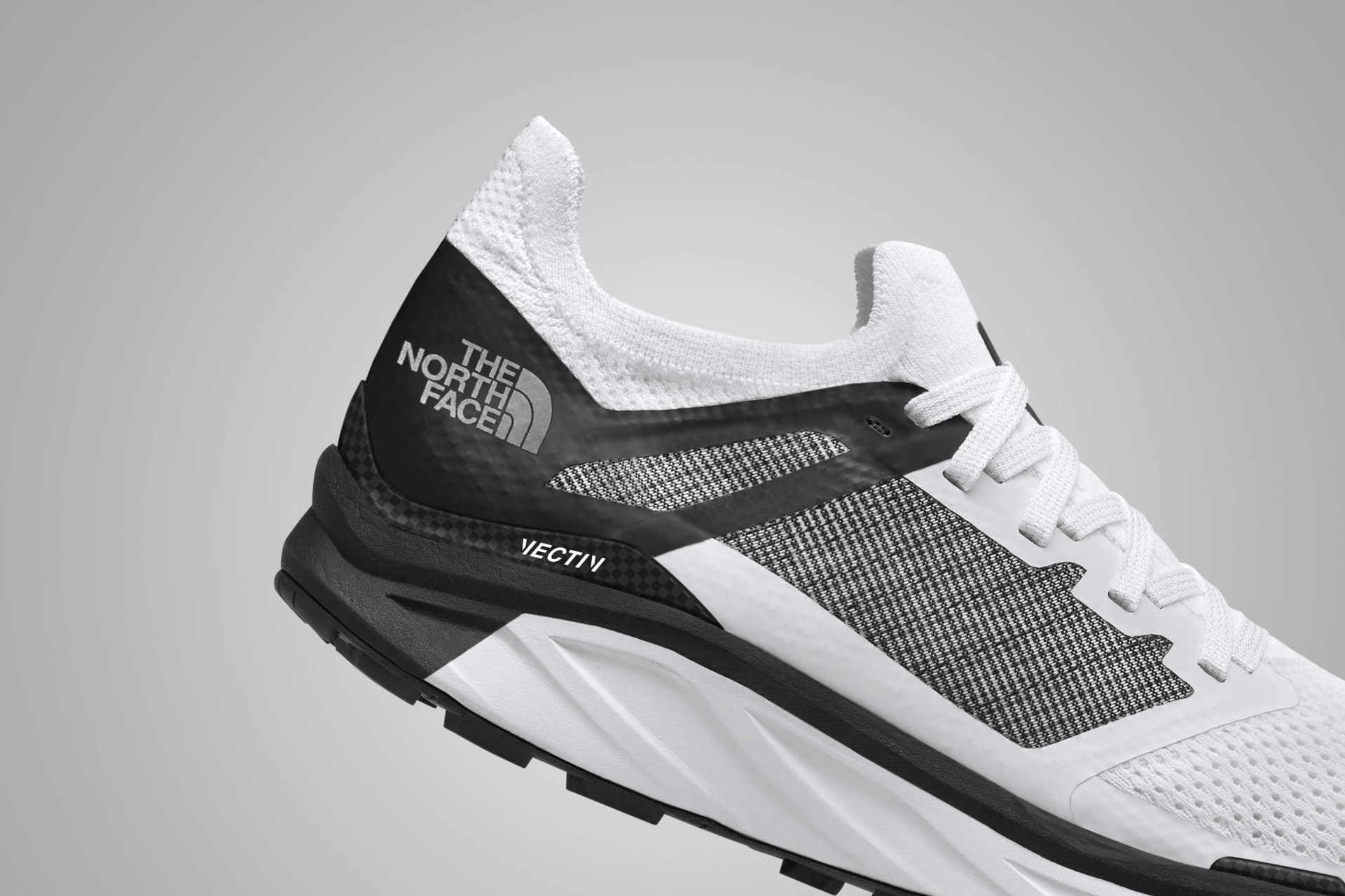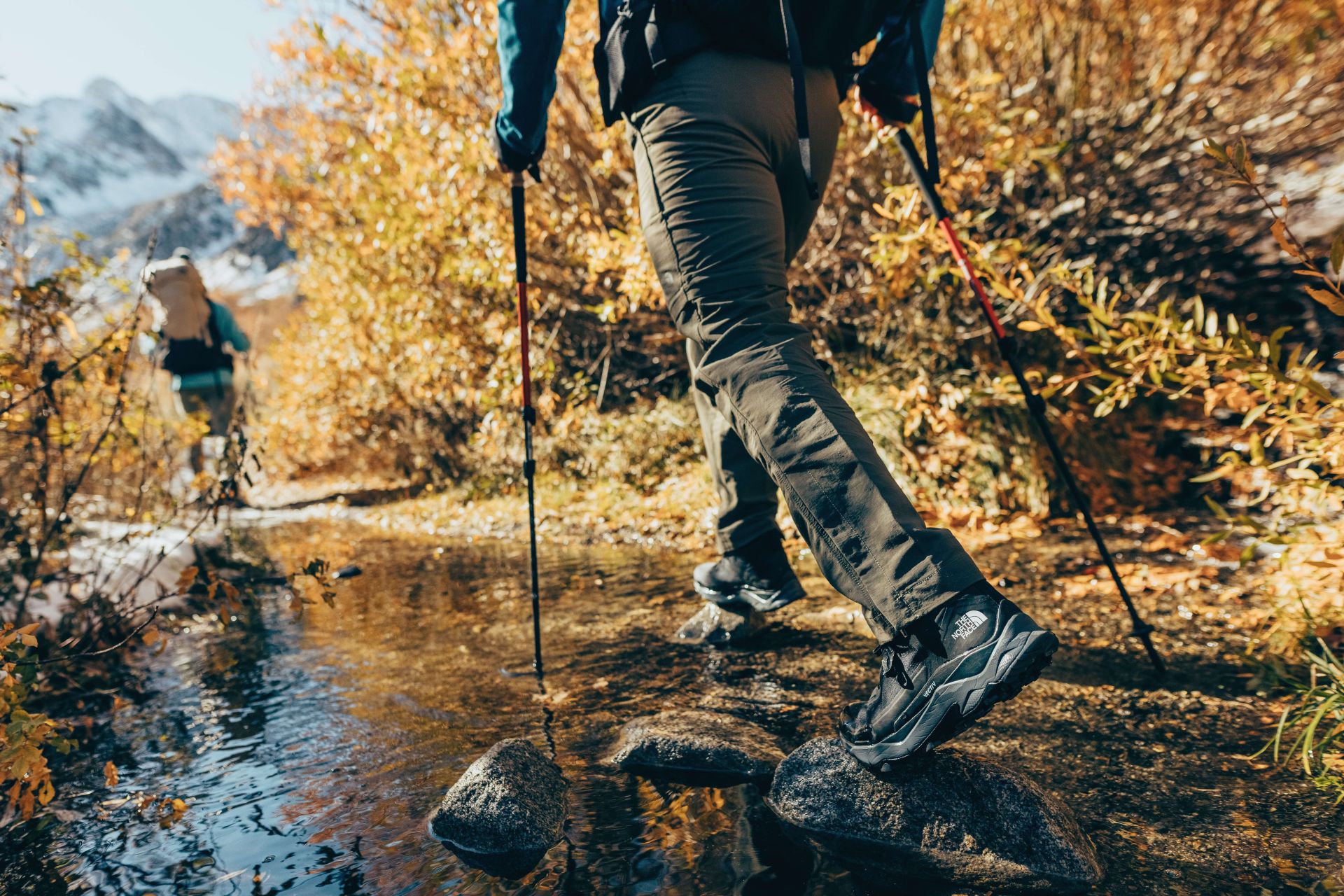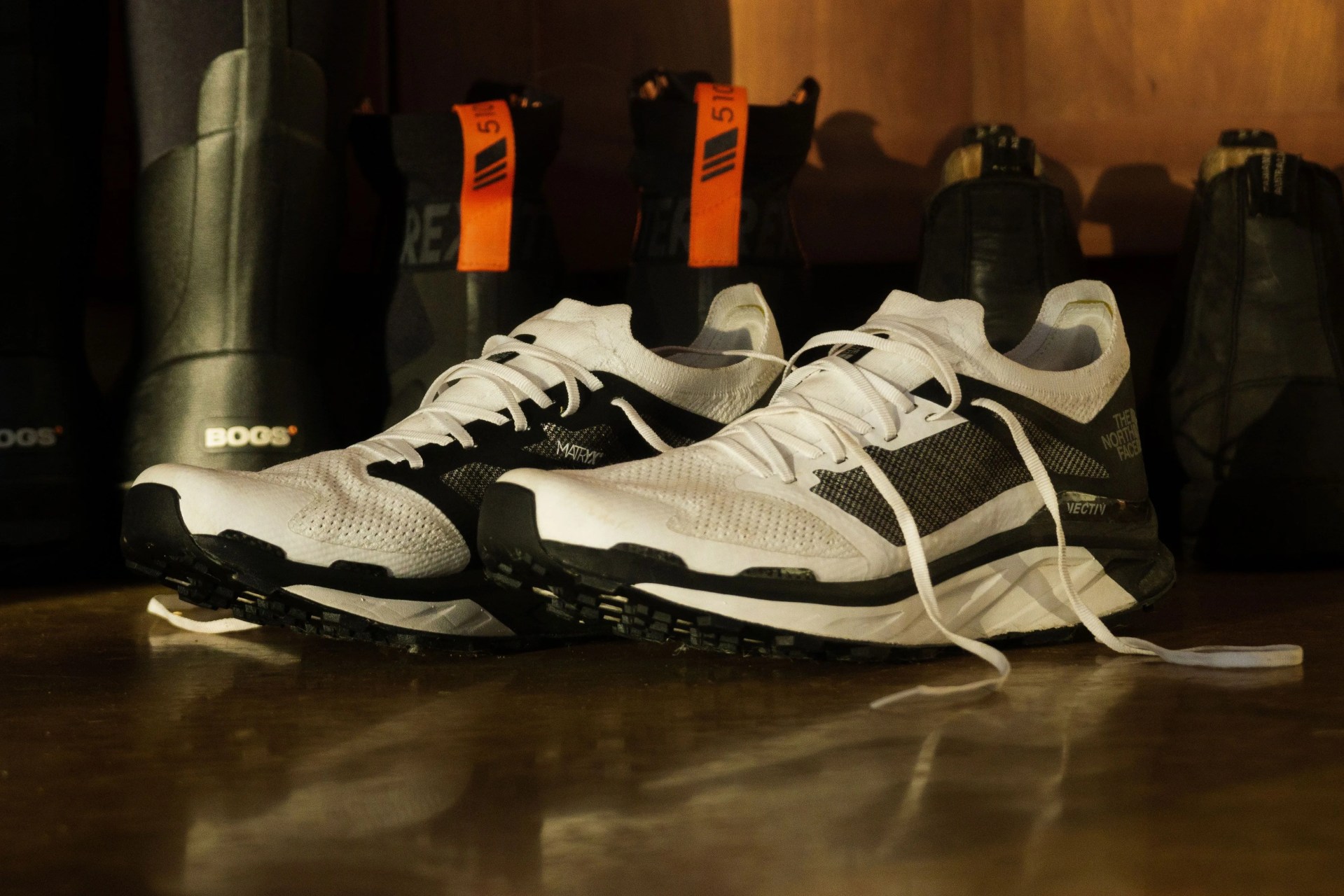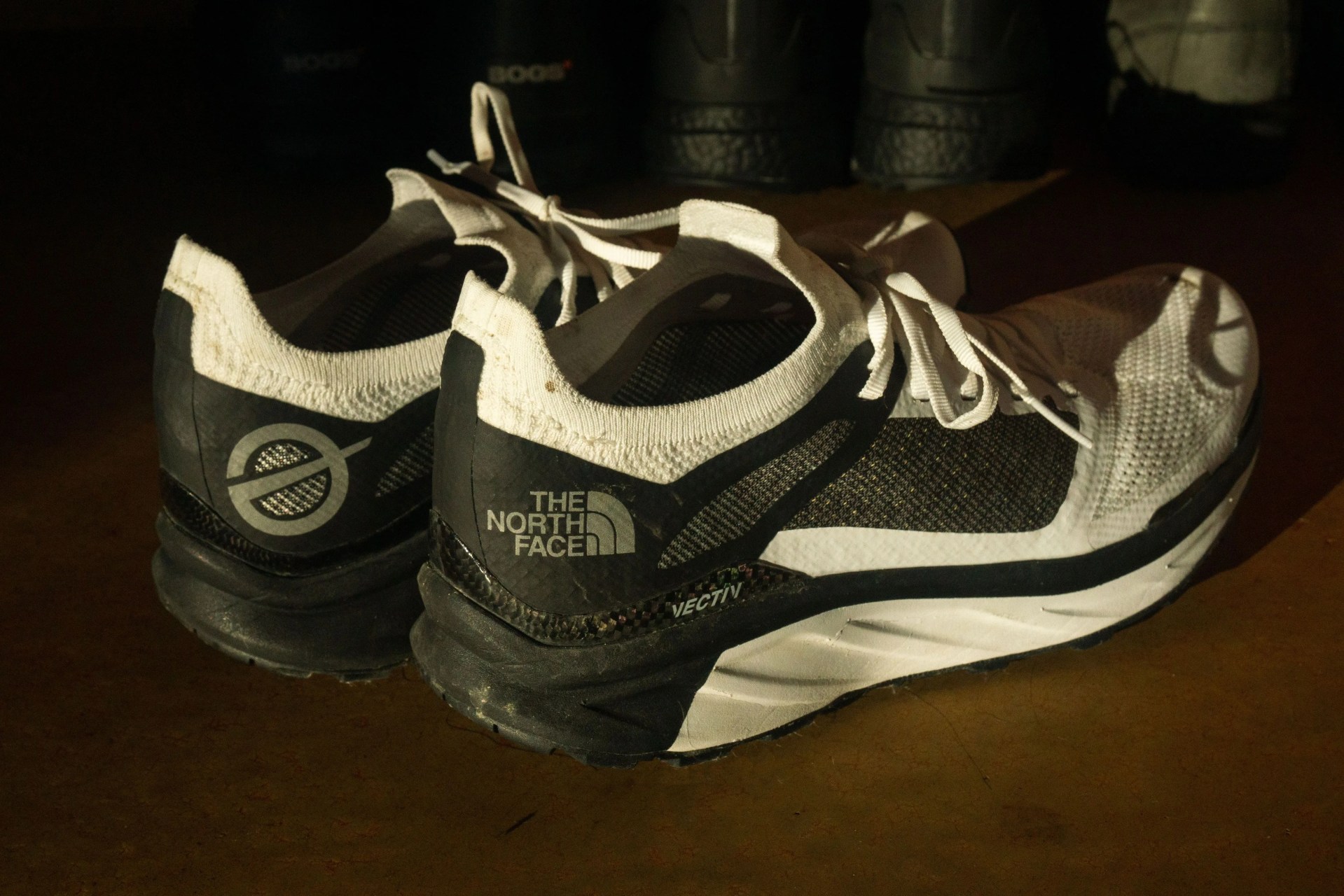When Eliud Kipchoge ran 26.2 miles in one hour, 59 minutes and 40 seconds in October 2019, it was big news. Not since 1954, when Roger Bannister ran a mile in under four minutes for the first time in recorded history, had a seemingly impossible athletic feat been reeled down to human capacity. Some debated whether Kipchoge’s feat was as impressive as it seemed — his record is considered unofficial because he ran on a closed course, with pacers — while others speculated about the shoes he wore to do it.
They were a prototype of Nike’s since-released Air Zoom Alphafly NEXT%, and the culmination of proprietary running shoe tech that’s proven to actually do what it says: make runners faster. As debates about gear doping came to a head, World Athletics, the governing body of international track and field events, devised new rules to level the footwear playing field.
It’s hard to imagine such a saga taking place in the world of trail running. For whatever reason — its shorter history, its exclusion from the Olympics, its triumphs occurring off-grid, far from the cameras and crowds — trail running hasn’t gained the mass appeal that the road and track variant has. And neither has any one trail running shoe.
The North Face is intent on changing that. Its first major launch of 2021 is Vectiv, a new trail footwear system that relies on the same plate-propelled design idea that’s swept over the premium road running shoe category. With the shoe dropping this week, here’s everything you need to know — including my own test impressions.
What Is Vectiv?
In a press release, The North Face describes Vectiv as “revolutionary soling architecture.” That is, the layers of shoe stuff underneath your feet. It’s not so much a single thing, like a type of foam or tread, but a few things working together: a plate, a rockered (curved) midsole and an outsole.
 Ivey Photograhy Studio
Ivey Photograhy Studio




